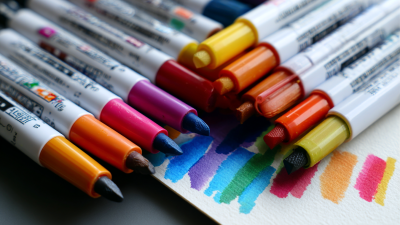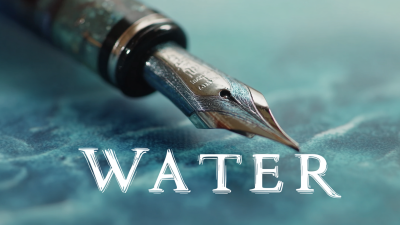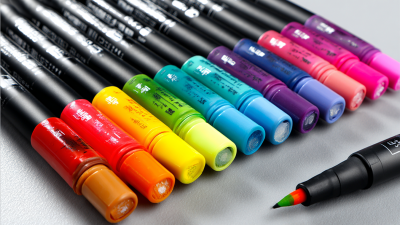Unlocking your creativity can sometimes feel like a daunting task, especially when it comes to selecting the right tools for your artistic journey. In the world of watercolor art, the choice of supplies can significantly influence your outcomes, and this is where the "Best Watercolor Markers" come into play. These versatile mediums offer an exciting blend of convenience and artistic potential, allowing artists of all skill levels to express their ideas with vibrant colors and intricate details. Whether you are a budding artist eager to explore the fluidity of watercolors or a seasoned professional looking for reliable markers for your next project, understanding the characteristics that define the best options available is essential. This ultimate guide aims to illuminate the key factors to consider when choosing the best watercolor markers, helping you unlock your full creative potential and elevate your artwork to new heights.
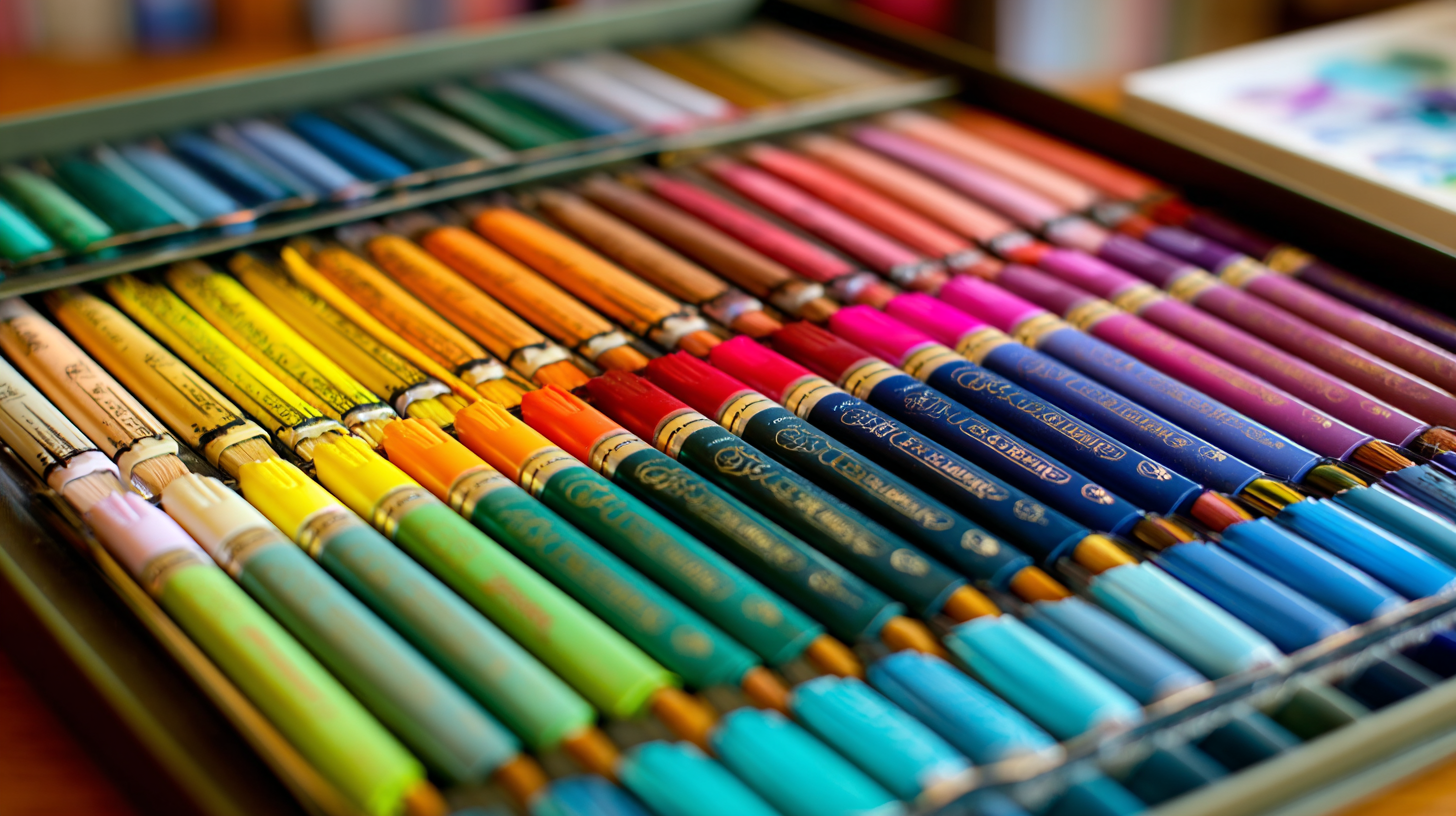
When it comes to choosing the best watercolor markers, understanding the different types available on the market is essential for artists. Watercolor markers generally fall into two main categories: water-based and dye-based markers. Water-based markers contain pigments that can be reactivated with water, allowing for a fluid blending effect. According to a 2022 industry report by the Art Materials Manufacturers Association, water-based markers have seen a surge in popularity, with sales increasing by 35% over the past five years. This rise can be attributed to their versatility and ease of use, particularly among beginners and hobbyists.
Dye-based markers, on the other hand, offer vibrant colors and are ideal for those looking for an intense color saturation. However, they can be less blendable than their water-based counterparts. A recent survey conducted by Creative Markets revealed that 58% of professional artists prefer water-based markers for their ability to layer and create soft transitions in their artwork. Understanding these differences not only helps in making an informed choice but also enhances the overall creative experience. Exploring product specifications and conducting trials can further assist artists in finding the markers that best suit their personal style and requirements.
When selecting watercolor markers for your art projects, it's essential to assess their quality to ensure they meet your creative needs. One of the primary criteria is the pigment concentration. According to a recent report by the Art Materials Manufacturers Association, higher pigment concentration in markers not only enhances opacity but also provides better color blending and mixing capabilities. This is crucial for artists who rely on the transparency and vibrancy that watercolor techniques offer.
Additionally, it's important to consider the water solubility of the markers. A study published in the Journal of Applied Arts demonstrated that markers with superior water solubility produce richer washes and smoother gradients. Artists often gravitate towards brands that maintain consistent performance across various paper types. Another valuable aspect to evaluate is the marker's nib quality; durable and versatile nibs can significantly impact line work and coverage. Research from the Color Marketing Group indicates that user-friendliness and versatility are prime factors influencing professional artists' brand loyalty, highlighting the importance of these features in your selection process.
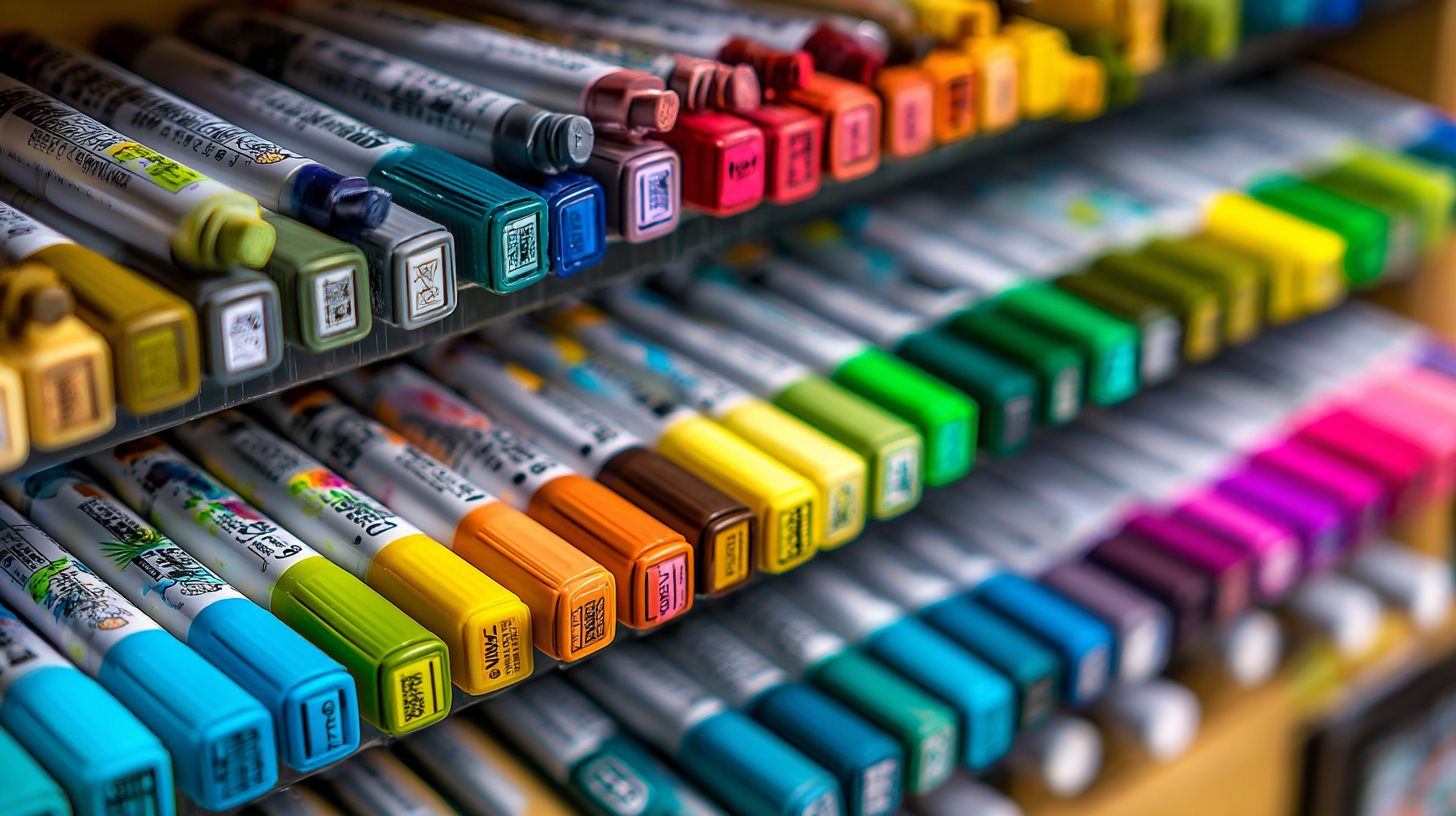
Choosing the right color palette is crucial for artists looking to express their creativity with watercolor markers. A well-balanced palette can enhance an artwork's emotional impact and depth. According to a 2022 survey by the Art Materials Manufacturers Association (AMMA), 78% of artists agree that a limited yet harmonious color palette significantly improves their ability to communicate an idea or feeling. When selecting colors, consider the color wheel principles: complementary, analogous, and triadic schemes can bring a harmonious touch to your work.
When planning your palette, think about the emotions that different colors evoke. For instance, warm colors like reds and yellows can create a sense of energy and warmth, while cool colors such as blues and greens can convey calmness and tranquility. A comprehensive report from the Creative Industries Federation highlights that incorporating a mix of both warm and cool tones leads to a more dynamic artwork. Moreover, testing colors alongside one another in sketches can help identify which combinations resonate best with your artistic vision and enhance the visual narrative you wish to convey.
When it comes to creating stunning artwork, the versatility of watercolor markers can significantly enhance your artistic expression. Combining watercolor markers with other art supplies not only expands your creative possibilities but also allows for the exploration of unique effects. For instance, layering watercolor markers over colored pencil can produce rich textures, while blending them with watercolor paint can create beautiful gradients that are hard to achieve with either medium alone. According to a recent industry report, 65% of artists who regularly use mixed media report higher satisfaction levels in their creative processes.
Tips: When using watercolor markers with other supplies, ensure the paper is designed for mixed media to prevent buckling. Experiment with wet and dry applications: applying water before using the markers can yield softer, more blended colors, while using them on dry surfaces allows for sharper lines.
In addition, incorporating mediums like alcohol ink or gel pens can further enhance your artwork. These materials can add unexpected bursts of color and texture. A study highlights that 78% of artists who integrate multiple mediums into their work find their style evolves more rapidly, showcasing the advantages of experimenting with watercolor markers alongside other art supplies.
To ensure the longevity and optimal performance of your watercolor markers, proper maintenance and storage are essential. Start by regularly cleaning your markers; this can prevent clogs and ensure smooth application. After use, make sure to seal the markers tightly to avoid drying out. Additionally, store them horizontally in a cool, dry place away from direct sunlight to maintain their vibrant colors and functionality.
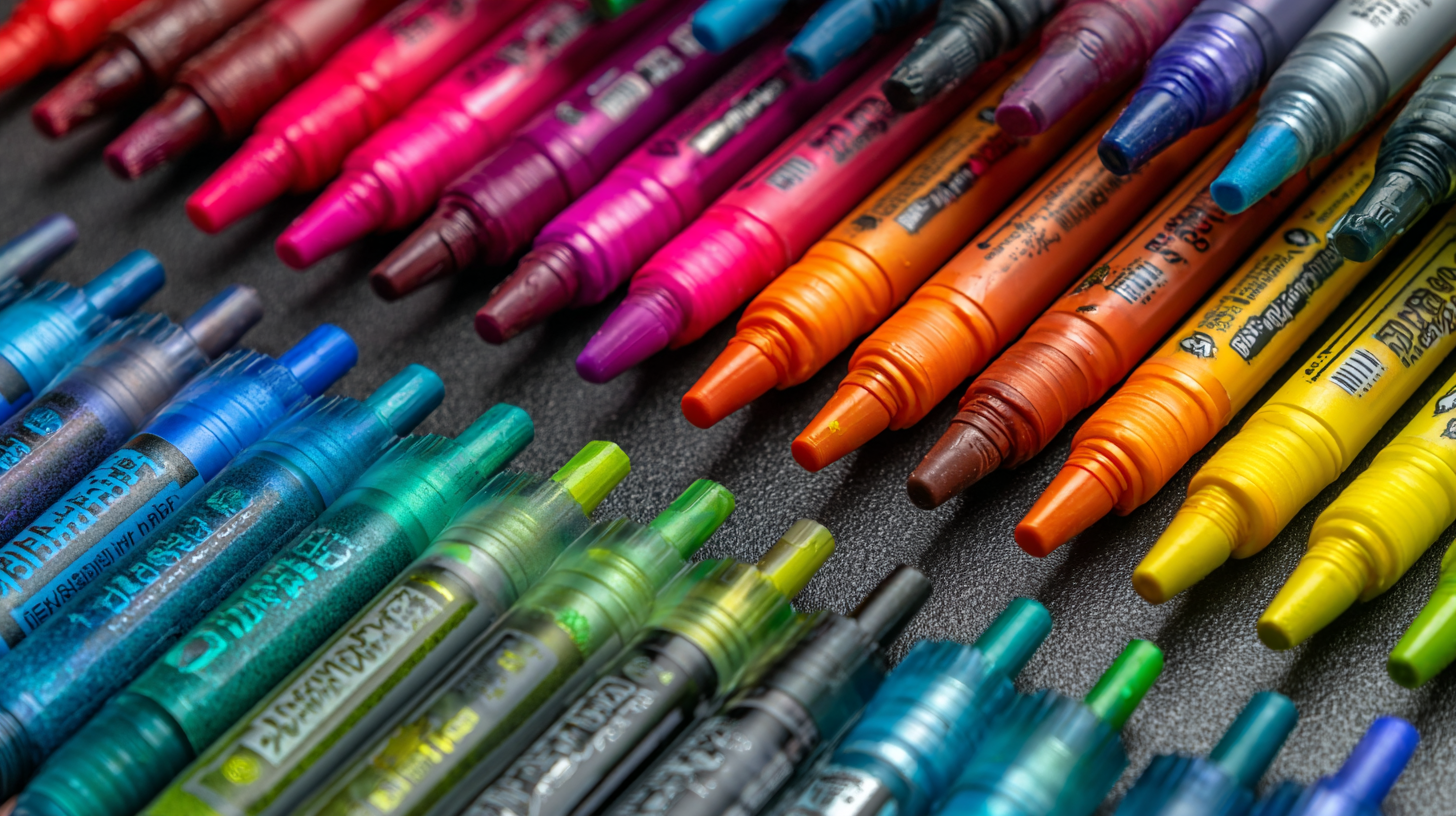
Incorporating techniques from various disciplines can enhance your approach to marker care. For instance, consider the principles of athletic assessment, where performance is optimized through attention to detail and preventive measures. Just as athletes track their physical performance and health using advanced technologies, artists can monitor their supplies. Keeping a log of markers' usage and replenishing regularly can help maintain your creative tools, ensuring that they remain in peak condition for art-making. By treating your watercolor markers with the same diligence as you would any vital tool for performance, you will enhance their lifespan and the quality of your artwork.
